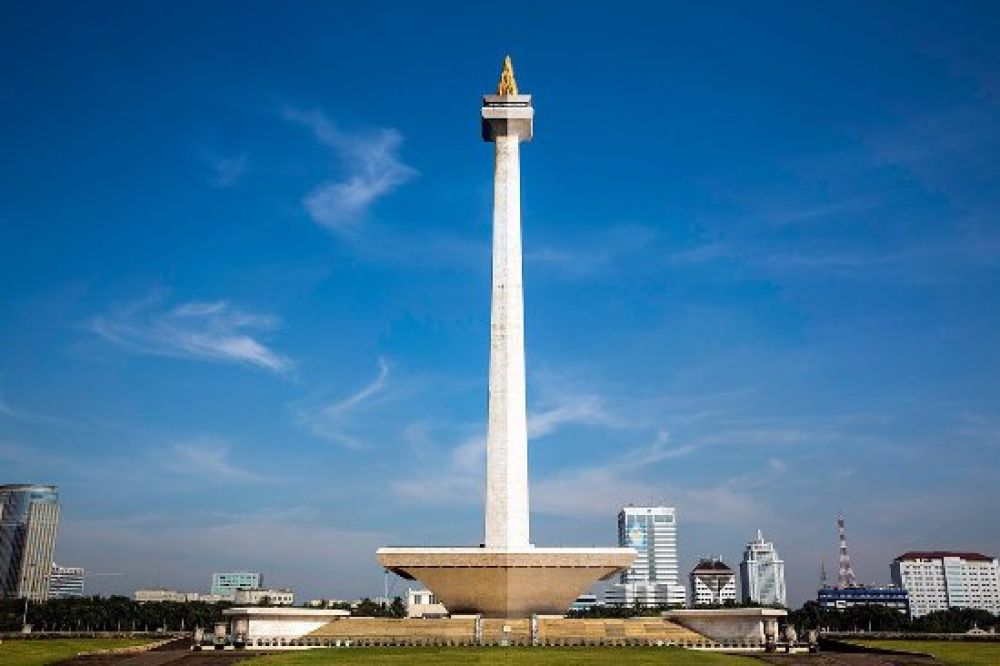

The National Monument, commonly referred to as Monas, is a towering presence in the heart of Indonesia’s capital city, Jakarta. Officially called Monumen Nasional, this monument has been a focal point for tourism since its public opening in 1975. The construction of Monas was initiated by President Sukarno, with the intention of recognizing the struggle for Indonesian independence.
The idea for the monument was proposed in 1961, and the construction began that same year. It took 14 years for the structure to be completed, due to various challenges, including political upheavals and funding issues. The monument stands at 132 meters and is crowned with a flame coated with 35 kg of gold leaf. Monas is a symbol of resilience and freedom, reflected in its design which incorporates the numbers 17, 8, and 45, symbolizing the 17th of August, 1945, the day Indonesia proclaimed its independence.
Monas holds a special place in the hearts of Indonesians and is a popular destination for both local and international tourists. Inside the monument, there’s a Museum of National History which contains dioramas depicting key moments in Indonesia’s history. A lift takes visitors to the observation deck 115 meters above ground, offering panoramic views of the sprawling metropolitan area below.
In recent years, Monas has seen a shift towards more interactive and engaging experiences. The use of augmented reality to enlighten visitors about Indonesia's history is a growing trend. Moreover, there are also night tours that show the monument lit up magnificently against the Jakarta skyline, making it a unique experience compared to daytime visits.
Jakarta’s administration has been working towards making tourism at Monas more sustainable. Efforts include regulating visitor numbers to prevent overcrowding and degradation of the site, improving public transport links to reduce carbon footprints, and implementing environmental policies designed to maintain the green spaces surrounding the monument.
Overall, Monas stands as an everlasting symbol of Indonesian liberty, a beacon of national pride, and a historical testament of the nation's journey. Its role in Indonesian tourism continues to evolve, embracing modern trends while honoring the past.